The African Grey parrot stands as one of the most intellectually remarkable creatures in the animal kingdom, often drawing comparisons to the cognitive abilities of great apes and young children. These medium-sized birds with their distinctive ash-grey plumage and bright red tails have captivated scientists, pet owners, and bird enthusiasts alike with their extraordinary capacity for language comprehension, problem-solving, and emotional intelligence.
Far beyond mere mimicry, African Greys demonstrate cognitive abilities that challenge our understanding of animal intelligence and raise profound questions about consciousness and cognition across species. Their remarkable brains, packed into relatively small bodies, showcase evolution’s capacity to produce intelligence in diverse forms, making them living laboratories for understanding how intelligence develops in species evolutionarily distant from humans.
The Evolution of Intelligence in African Grey Parrots
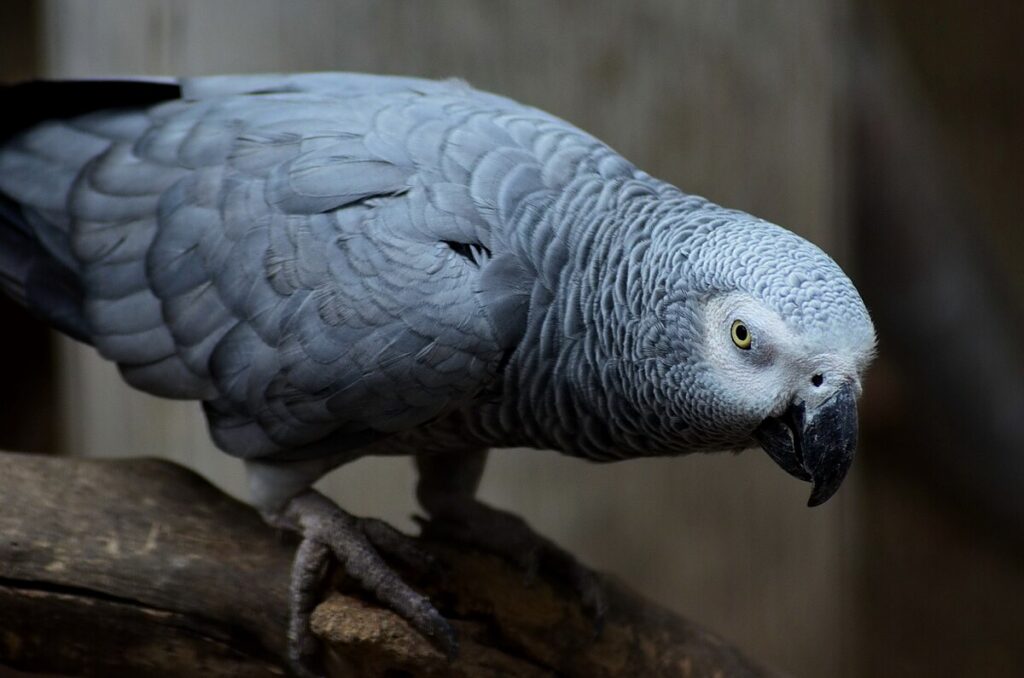
African Grey parrots (Psittacus erithacus) evolved their remarkable intelligence as an adaptation to their complex native habitats in the rainforests of Central and Western Africa. Living in dynamic social groups and navigating challenging forest environments, these birds developed advanced cognitive abilities to locate seasonally available food sources, avoid predators, and maintain complex social relationships.
Their intelligence isn’t a coincidence but rather a survival strategy that evolved over millions of years, with their brains containing specialized neural structures that support advanced cognition despite their relatively small size. The evolutionary path of African Greys represents a fascinating case of convergent evolution, where avian intelligence developed along a parallel but separate path from primate intelligence, resulting in similar cognitive outcomes despite vastly different brain structures.
Remarkable Language Capabilities
African Greys possess language abilities that far exceed simple mimicry, with documented vocabularies reaching hundreds of words in some exceptional individuals. Dr. Irene Pepperberg’s famous research subject, Alex, demonstrated understanding of over 100 English words and could identify colors, shapes, and materials while grasping basic numerical concepts. What makes their language capacity truly remarkable is not just vocabulary size but contextual understanding – African Greys often use words appropriately in novel situations, suggesting genuine comprehension rather than conditioned responses. These birds can even combine words they know to describe unfamiliar objects, demonstrating a rudimentary form of linguistic creativity that was once thought to be exclusively human. Their speech abilities also include perfect mimicry of human voices, with some birds able to replicate their owners’ voices so accurately that they can fool family members during phone conversations.
Problem-Solving Abilities
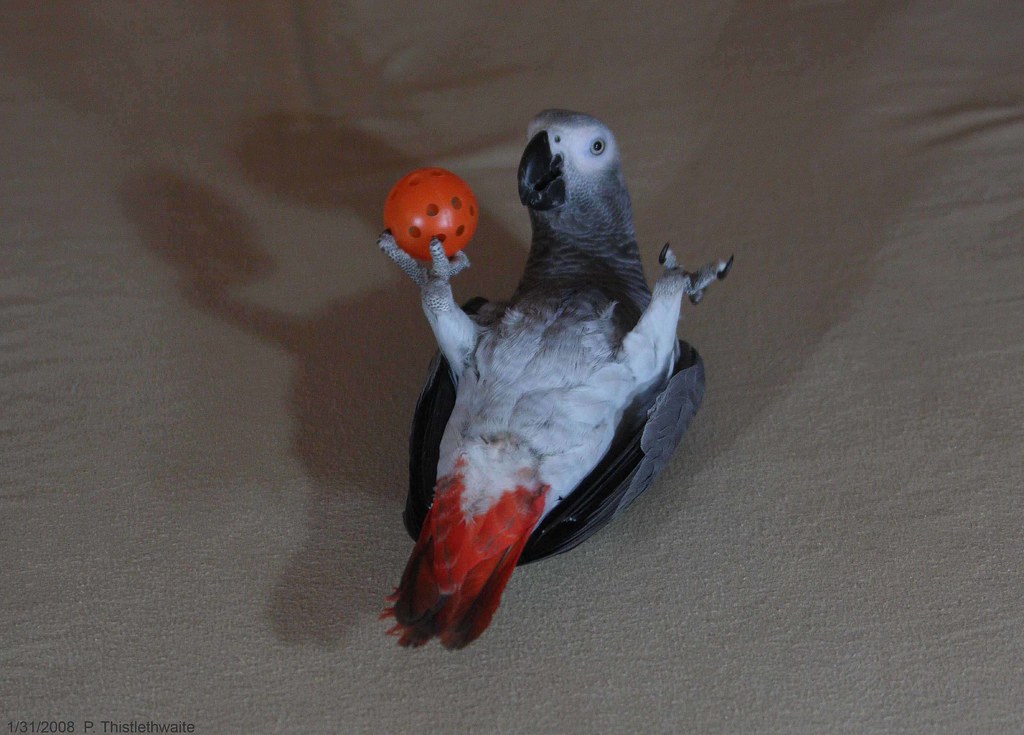
The problem-solving capacities of African Greys reveal cognitive flexibility that rivals that of primates in many experimental settings. These birds excel at figuring out complex mechanical puzzles, often succeeding on their first attempt after merely observing a solution.
Research has documented their ability to use tools, such as manipulating sticks to retrieve food that would otherwise be out of reach, demonstrating their understanding of cause and effect relationships. In laboratory settings, African Greys have shown the ability to solve multi-step problems that require planning ahead and inhibiting immediate impulses in favor of better long-term rewards.
Perhaps most impressively, they display innovative problem-solving approaches, sometimes creating novel solutions that weren’t demonstrated to them, suggesting not just learning capability but genuine creative thinking.
Emotional Intelligence and Empathy
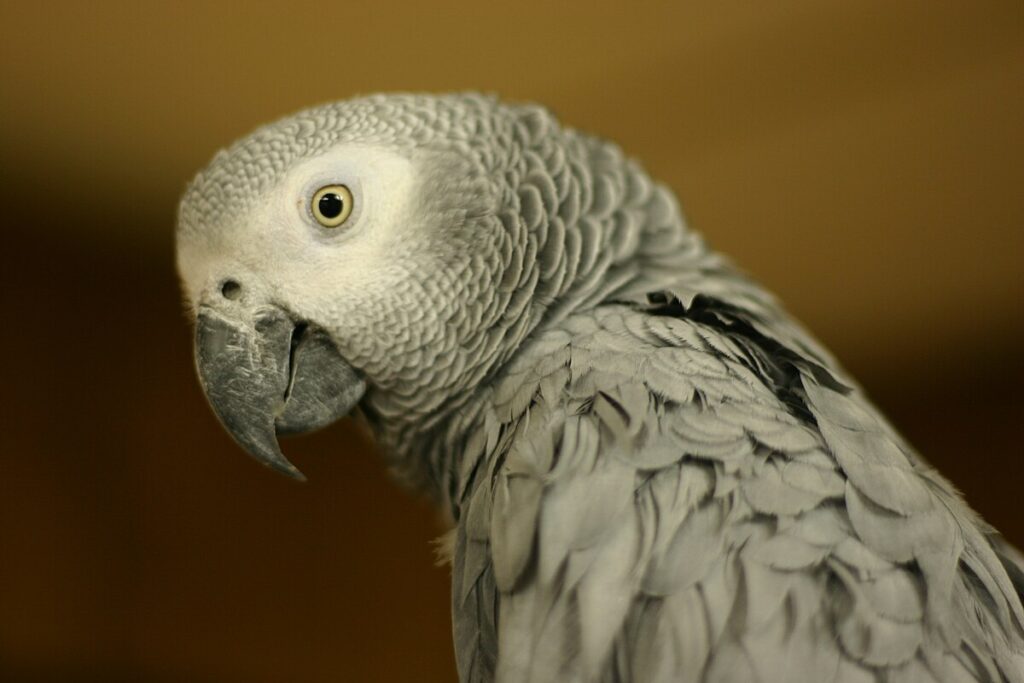
African Grey parrots display sophisticated emotional intelligence that includes recognizing and responding appropriately to the emotional states of other birds and humans. Owners consistently report that their Greys offer comfort when they are sad, adjust their behavior based on household moods, and form deep,
lasting bonds with specific individuals. Scientific studies have documented their capacity for empathy, with observations of birds sharing food with companions or displaying distress when witnessing another bird in difficulty. Their emotional lives appear remarkably complex, with Greys showing signs of jealousy, grief, joy, and even a sense of humor through context-appropriate play and interactions.
These emotional capabilities are supported by the birds’ highly developed limbic systems, the brain structures responsible for emotion processing, which are proportionally larger in African Greys than in many other bird species.
Self-Awareness and Mirror Recognition
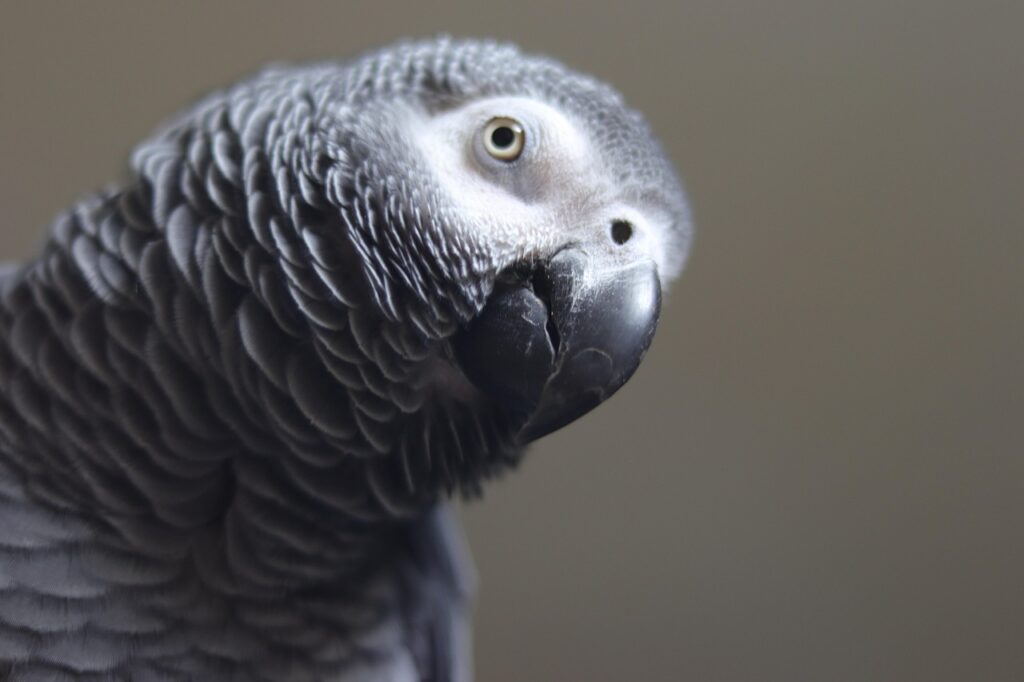
Among the most profound cognitive abilities demonstrated by African Greys is their capacity for self-awareness, most famously tested through mirror recognition tests. In these experiments, many African Greys have passed the mark test – recognizing that a colored dot placed on their bodies (visible only in a mirror) is actually on themselves rather than another bird, and attempting to remove it.
This level of self-recognition is extremely rare in the animal kingdom, previously documented primarily in great apes, dolphins, elephants, and magpies. Beyond mirror tests, Greys demonstrate other behaviors suggesting self-awareness, such as understanding their own knowledge limits and indicating when they don’t know an answer. These abilities suggest a level of metacognition – thinking about one’s own thinking – that represents one of the highest forms of cognitive processing.
Numerical Competence
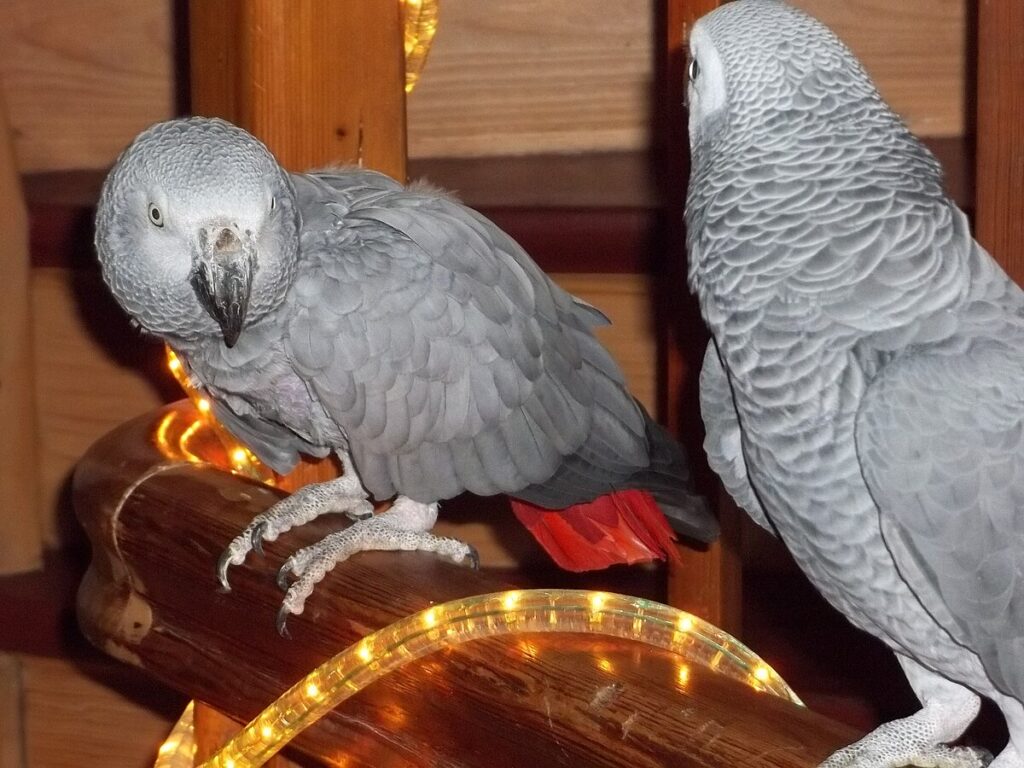
African Grey parrots have demonstrated surprising mathematical abilities that go beyond simple counting to include understanding of numerical concepts. In controlled research settings, these birds have shown the ability to identify quantities up to eight items accurately, distinguish between “more” and “less,” and even perform basic addition of small numbers.
Dr. Pepperberg’s work with Alex revealed his ability to understand the concept of zero – an abstract mathematical concept that even human children take years to fully grasp. Some exceptionally trained Greys can identify Arabic numerals and associate them with their corresponding quantities, showing an understanding of symbolic representation.
Their numerical abilities appear to rely on a mental number line similar to that used by humans, suggesting parallel evolution of mathematical cognition across very different brain structures.
Categorical Thinking and Concept Formation
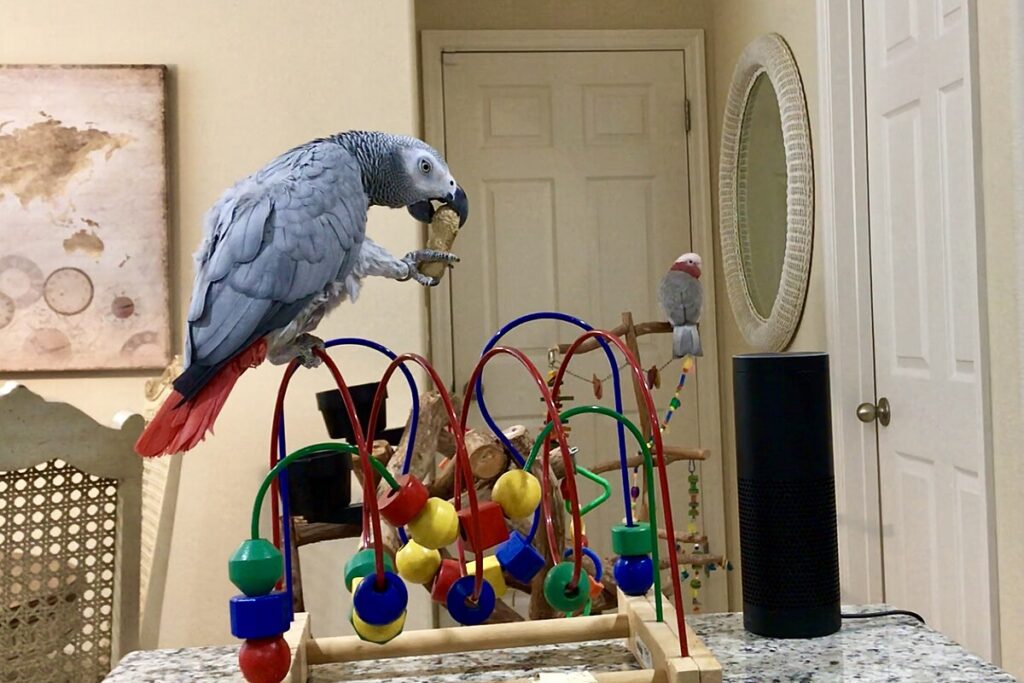
African Greys demonstrate sophisticated categorical thinking, able to sort objects based on abstract properties like color, shape, and material rather than just physical appearance. Research has shown these birds can form abstract concepts such as “same” and “different,” applying these principles across various contexts and stimuli types.
When presented with novel objects, they can correctly categorize them based on previously learned principles, showing true conceptual understanding rather than rote memorization. This ability to form and apply abstract categories represents a level of cognitive sophistication once thought unique to primates.
Some exceptional birds have even demonstrated understanding of functional categories, like “tools” or “food items,” suggesting they organize their knowledge in hierarchical conceptual frameworks similar to humans.
Social Learning and Cultural Transmission
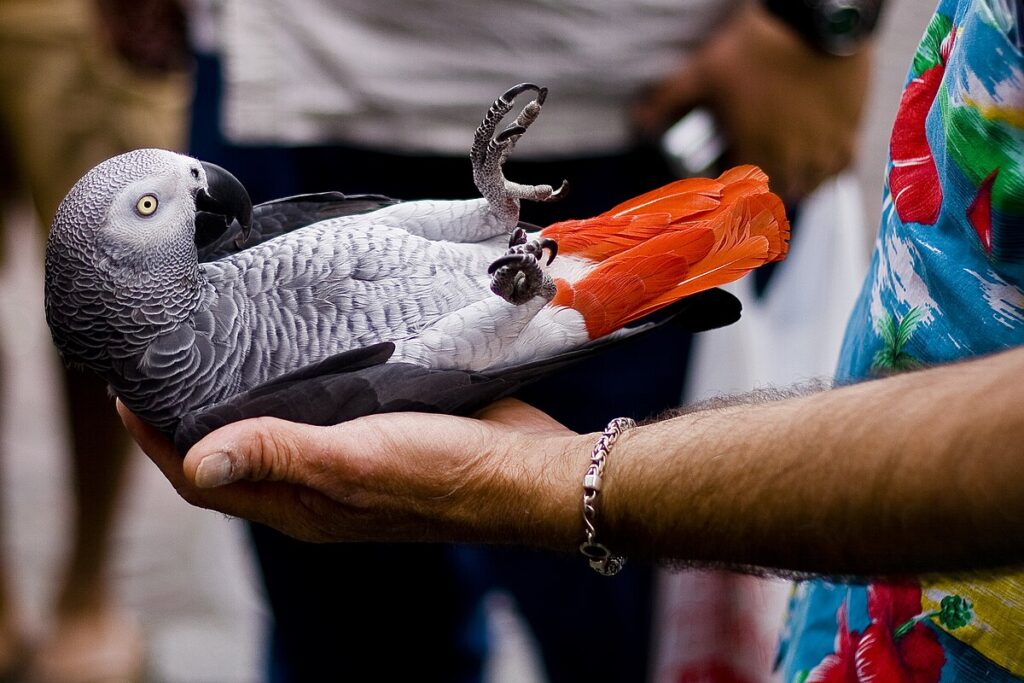
African Greys are highly social learners, acquiring new behaviors and vocalizations through observation rather than trial and error alone. In both wild and captive settings, these birds have been documented learning complex behaviors by watching conspecifics or humans, then perfectly replicating the observed actions.
This observational learning extends to tool use, with birds learning to manipulate objects as tools after seeing demonstrations only a few times. Their social learning abilities support a form of cultural transmission, where specific behaviors or vocalizations become common within particular groups of African Greys but absent in others.
Research suggests that wild African Grey populations may have regional “dialects” of calls that are culturally transmitted rather than genetically determined, representing a simple form of culture that parallels human cultural transmission.
Neuroanatomy Behind Their Intelligence
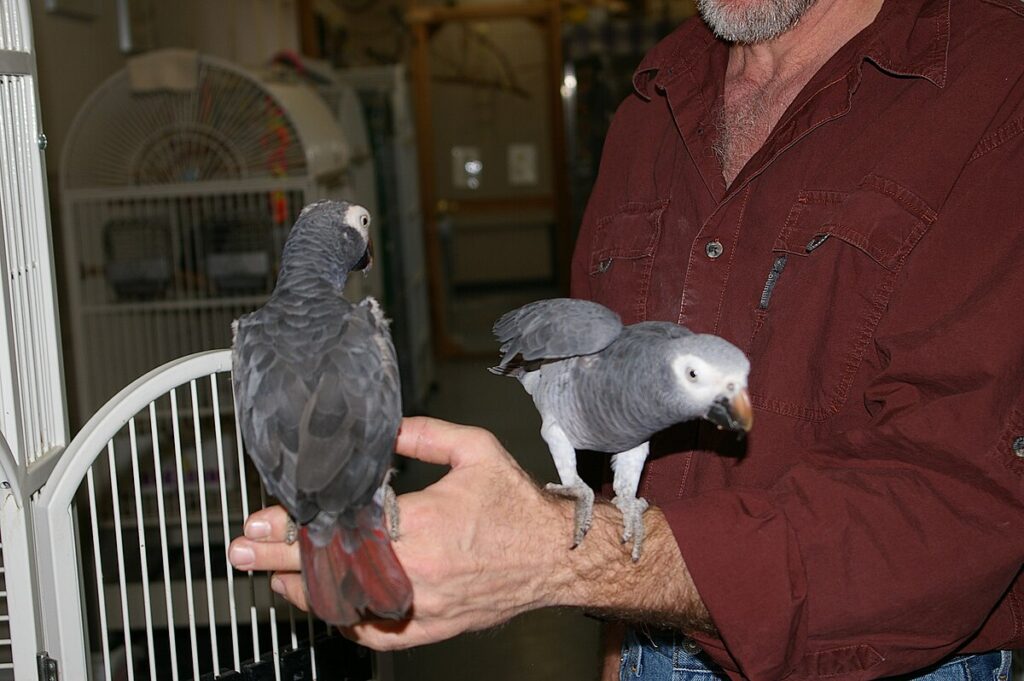
The neurological foundation of African Grey intelligence lies in their remarkably dense and efficiently organized brains, which pack impressive processing power into a relatively small space. While mammalian intelligence typically correlates with brain size and cortical folding, bird brains use a different architecture to achieve similar cognitive outcomes, with densely packed neurons in structures called the nidopallium and mesopallium that functionally parallel the mammalian cerebral cortex.
Recent neuroanatomical research has revealed that African Greys possess neural densities that exceed those found in primate brains of similar mass, potentially explaining their outsized cognitive abilities. Their brain organization features specialized circuits for vocal learning that have evolved independently from but parallel to those found in humans, representing a fascinating case of convergent evolution. Additionally, their brains show remarkable plasticity throughout their long lives, allowing continued learning and adaptation well into old age.
Famous African Grey Studies and Subjects
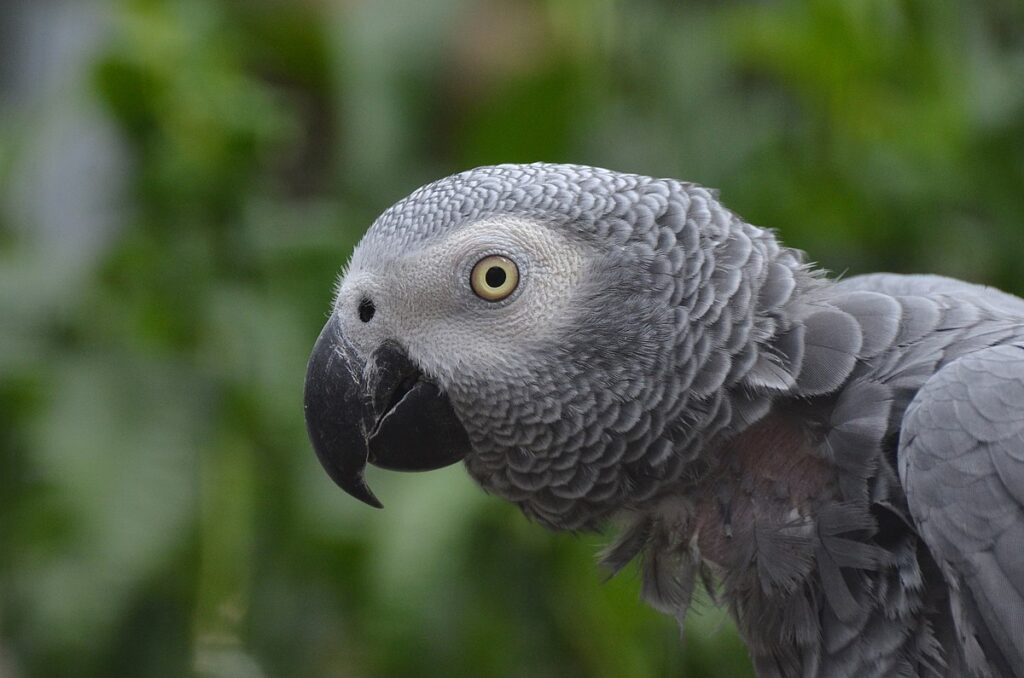
The most renowned African Grey research subject was undoubtedly Alex, studied by Dr. Irene Pepperberg for over 30 years until his unexpected death in 2007 at the age of 31. Alex (whose name stood for Avian Learning EXperiment) demonstrated vocabulary comprehension of over 100 words, could identify colors, shapes, and numbers, and famously asked what color he was – potentially the first time an animal had asked an existential question about itself. N’kisi, another famous African Grey, gained notoriety for his apparent telepathic abilities and extraordinary vocabulary of over 950 words, though scientific validation of his telepathic capabilities remains controversial.
Griffin and Athena, African Greys in Dr. Pepperberg’s continued research program, have furthered our understanding of avian cognition through experiments on inferential reasoning and probability assessment. Einstein, a Grey parrot at the Knoxville Zoo, became an internet sensation for his extensive repertoire of songs, sound effects, and contextually appropriate phrases that he demonstrates during public educational programs.
Communication Between African Greys in the Wild
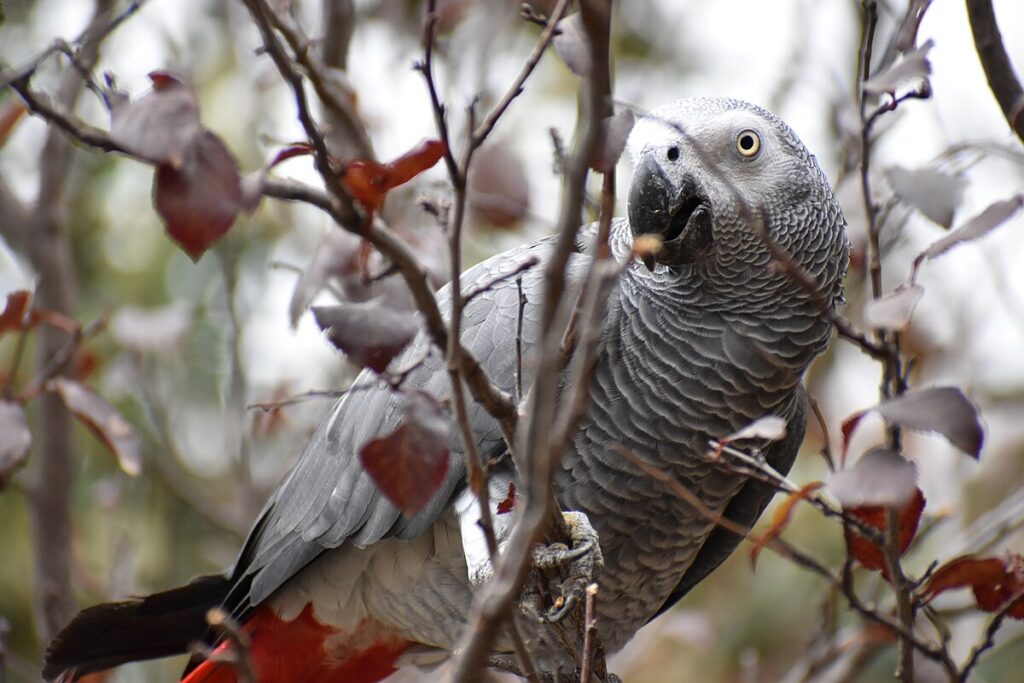
In their natural rainforest habitats, African Greys utilize a sophisticated communication system that includes over 200 distinct vocalizations, each serving specific social functions. Field researchers have documented different alarm calls for various predator types, contact calls that maintain group cohesion during flight, and unique identification calls that function almost like names for individual birds.
Their communication extends beyond vocalizations to include body language, with specific postures and movements that convey intentions, dominance relationships, and emotional states to flock members. Recent research suggests wild African Greys may engage in conversational turn-taking, with birds responding to specific calls from particular individuals rather than calling randomly.
Perhaps most intriguingly, wild Greys appear to teach specific vocalizations to their offspring through a process resembling the scaffolded learning seen in human language acquisition, with adults simplifying and repeating sounds until young birds master them.
Implications for Understanding Animal Consciousness

The cognitive achievements of African Greys have profound implications for our understanding of consciousness across species, challenging long-held assumptions about the uniqueness of human consciousness. Their self-awareness, emotional complexity, and abstract thinking abilities suggest a rich inner life that exists despite vastly different evolutionary paths and brain structures from humans.
Philosophical discussions about animal consciousness have been transformed by evidence from African Grey studies, with many cognitive scientists now arguing that consciousness exists on a spectrum rather than being uniquely human. Their remarkable abilities raise ethical questions about our treatment of highly intelligent species, particularly regarding the appropriateness of keeping such cognitively sophisticated animals in captivity.
As research tools become more sophisticated, African Greys may serve as key subjects in the emerging field of comparative cognition, helping scientists understand how intelligence and consciousness can emerge through different evolutionary pathways.
Conservation Challenges and Intelligence
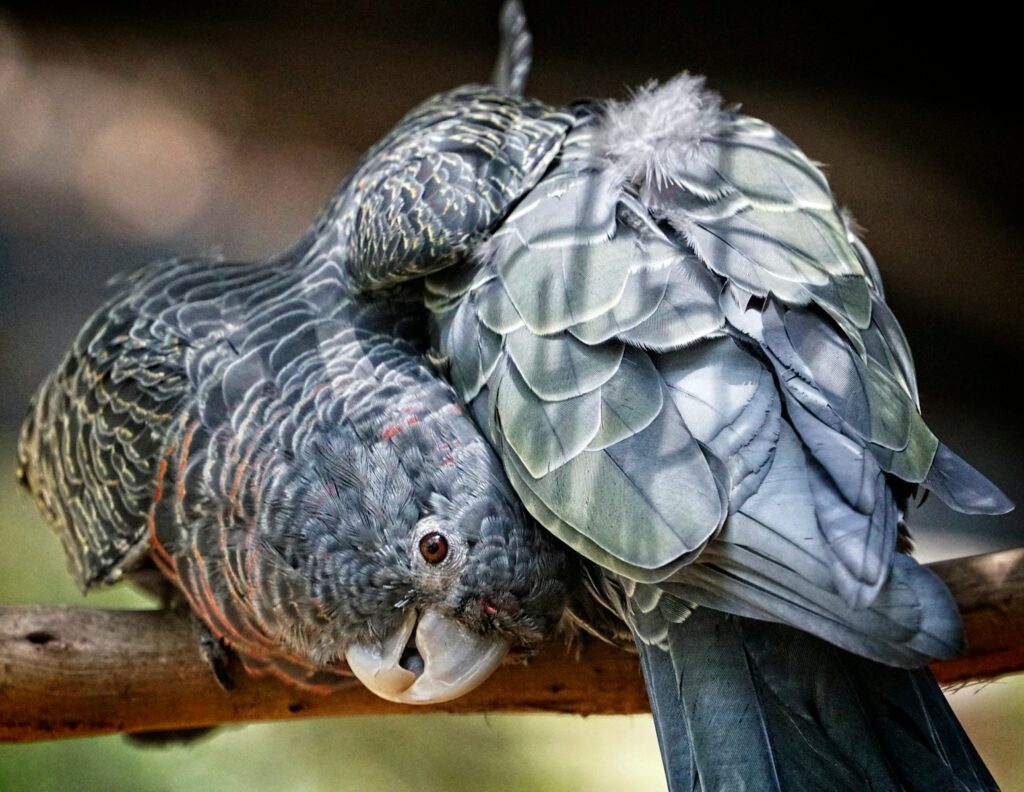
The very intelligence that makes African Greys so fascinating also contributes to their vulnerability in the wild, where they face serious conservation challenges. Their exceptional cognitive abilities make them highly sought after in the pet trade, driving poaching that has decimated wild populations, with some regions seeing population declines of over 90% in recent decades.
The species’ intelligence paradoxically works against them, as their problem-solving abilities and curiosity make them relatively easy to trap compared to other, more cautious bird species. Conservation efforts are complicated by the African Grey’s slow reproductive rate – a characteristic often correlated with high intelligence across species – making population recovery particularly challenging even when protection measures are implemented.
In response to these threats, African Greys received increased protection under CITES Appendix I in 2017, completely banning international commercial trade, though illegal trafficking continues to threaten remaining wild populations.
Caring for These Intelligent Birds
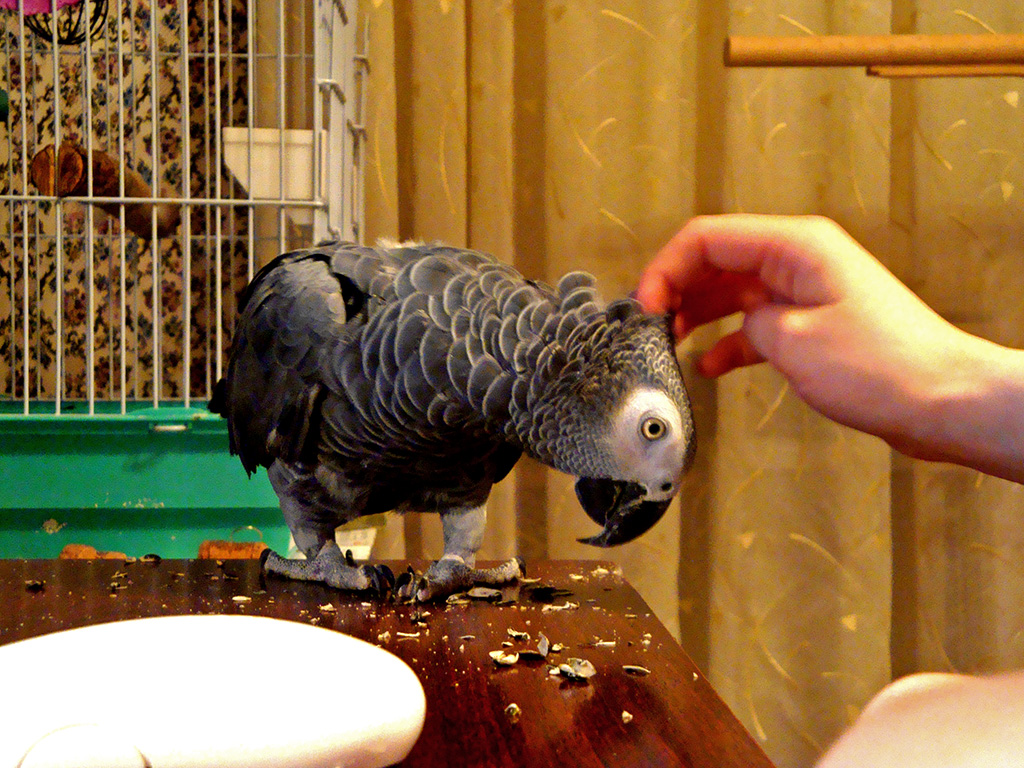
The extraordinary intelligence of African Greys creates unique challenges and responsibilities for those who keep them as companions, requiring environmental enrichment far beyond what most pet birds receive. Responsible care includes providing daily cognitive challenges through puzzle toys, training sessions, and varied social interactions that prevent the boredom and psychological distress that often manifests in intelligent captive animals.
Their emotional sensitivity means African Greys require consistent, predictable environments and handling, as they can develop severe behavioral problems including feather plucking, aggression, or depression when subjected to inconsistent care or isolation. Potential owners should recognize that caring for an African Grey represents a commitment potentially spanning 50+ years, requiring consistent mental stimulation throughout the bird’s long life.
The most successful African Grey guardians approach their relationship as a partnership with an intelligent, emotional being rather than ownership of a pet, creating environments where the bird’s cognitive abilities can flourish rather than deteriorate in captivity.
The cognitive capabilities of African Grey parrots represent one of nature’s most fascinating examples of advanced intelligence evolving in a species evolutionarily distant from humans. Their remarkable abilities in language, problem-solving, emotional understanding, and abstract thinking continue to reshape our understanding of animal cognition and the diverse forms intelligence can take.
As research continues to uncover the depths of their mental capabilities, these extraordinary birds challenge us to reconsider fundamental questions about the nature of intelligence itself and our ethical responsibilities toward cognitively complex species. The African Grey stands as living proof that remarkable minds have evolved multiple times and in different forms throughout the animal kingdom, reminding us that intelligence is not a single ladder with humans at the top, but rather a complex bush with impressive cognitive abilities blossoming on many branches.


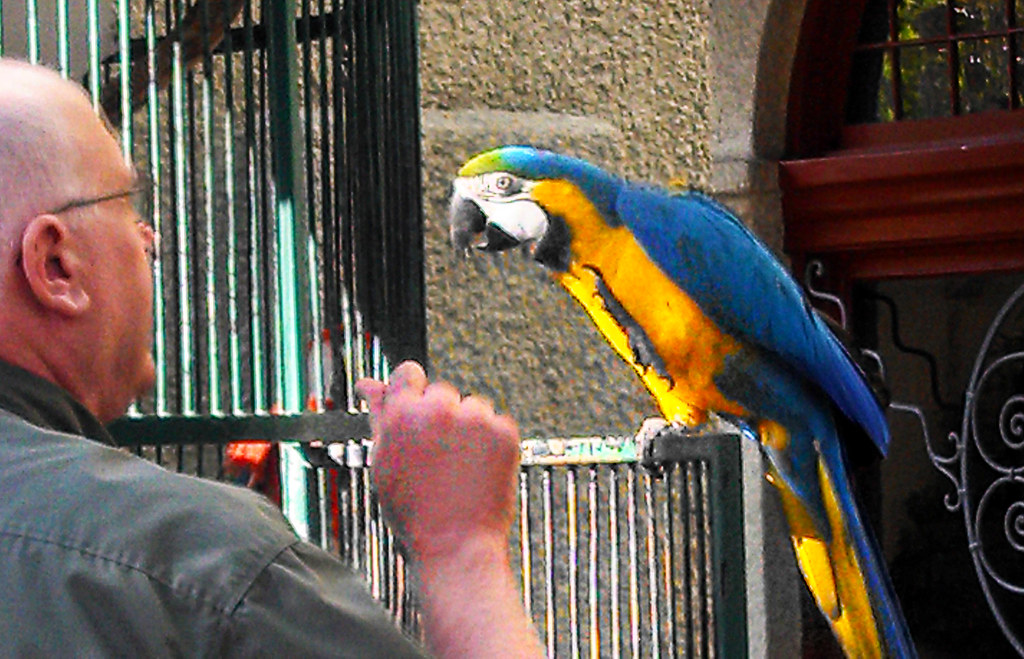
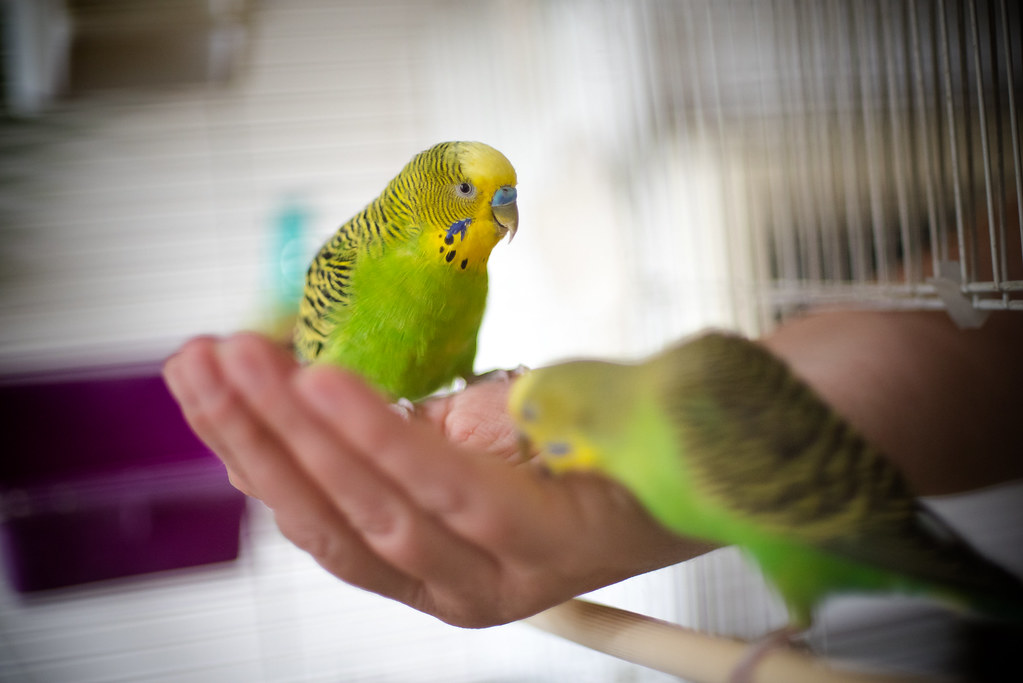
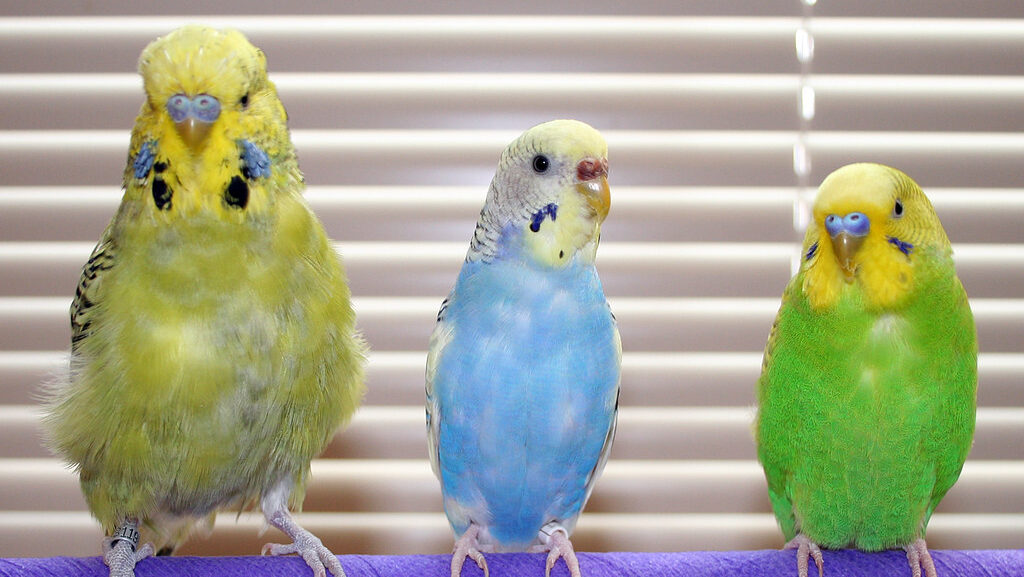
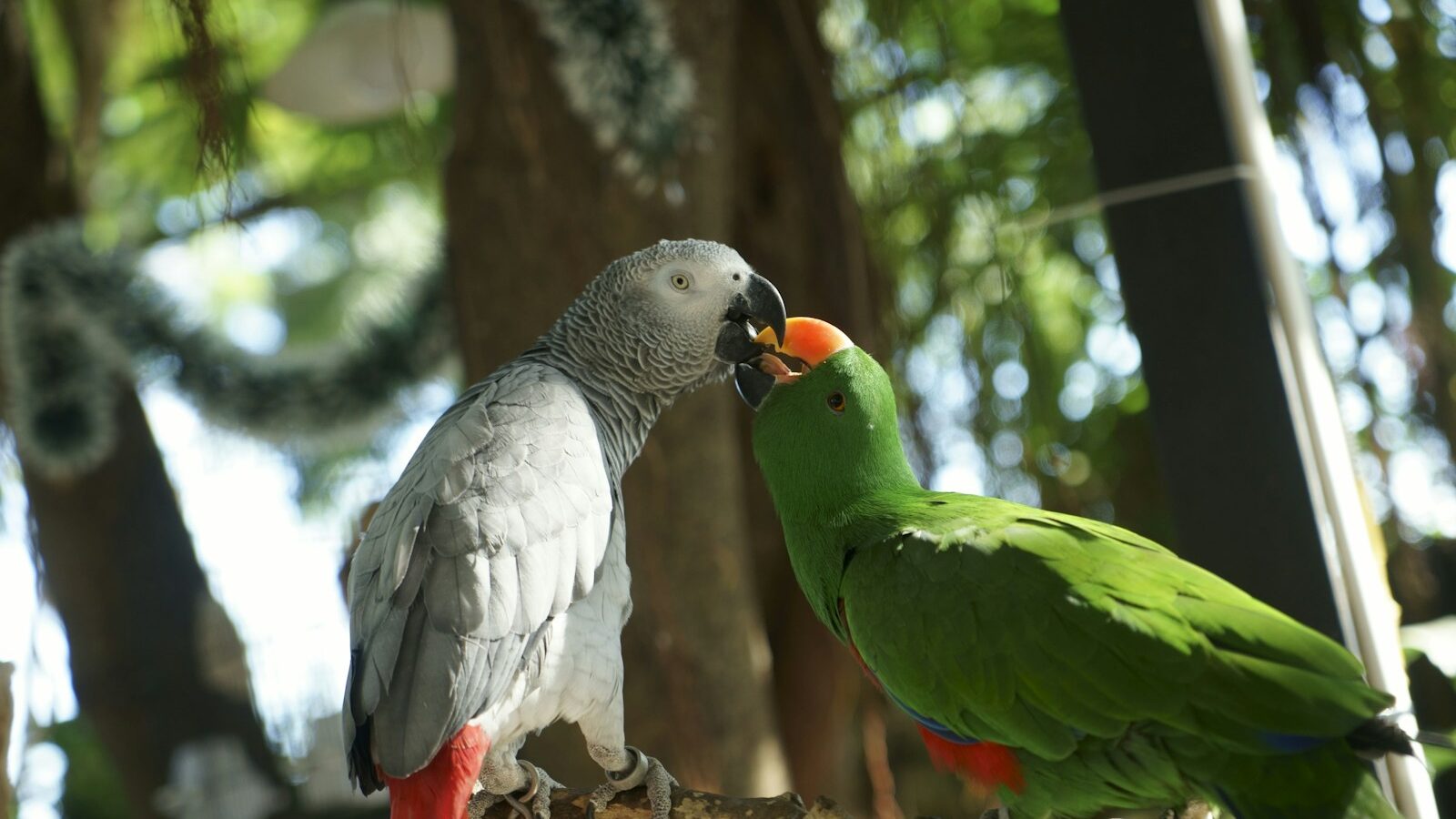
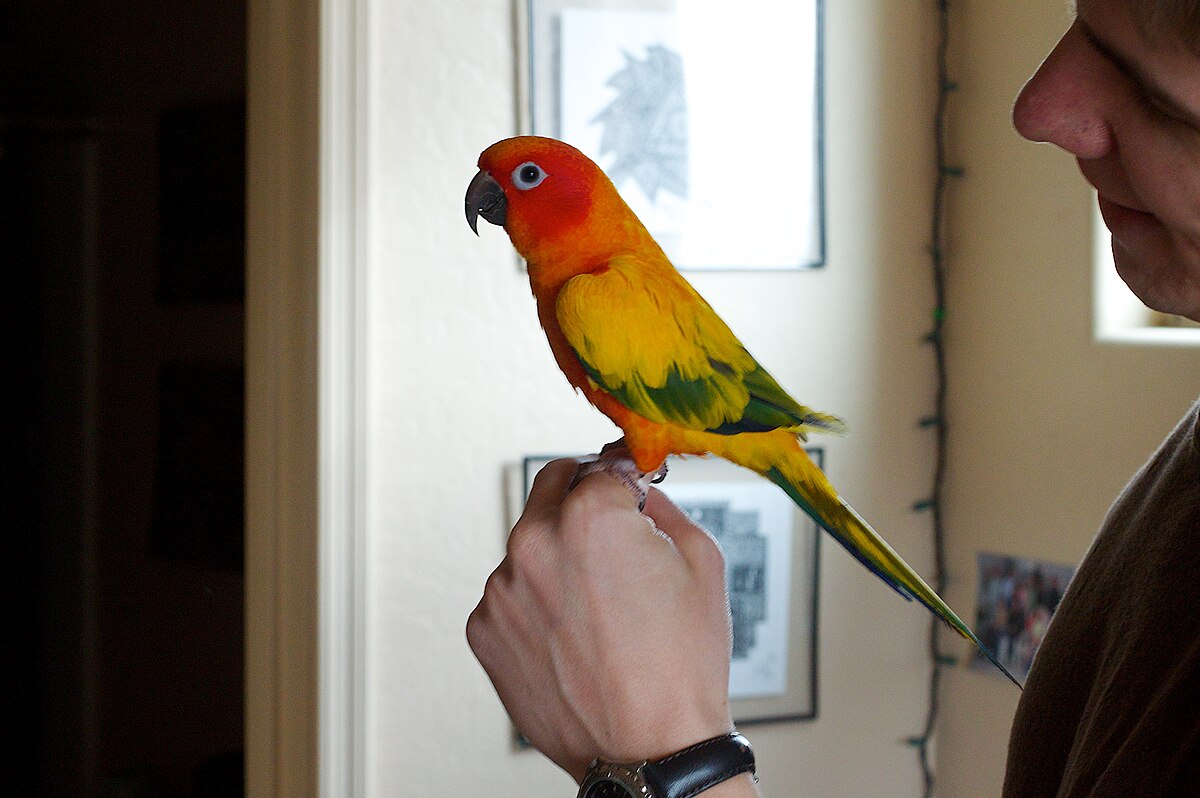
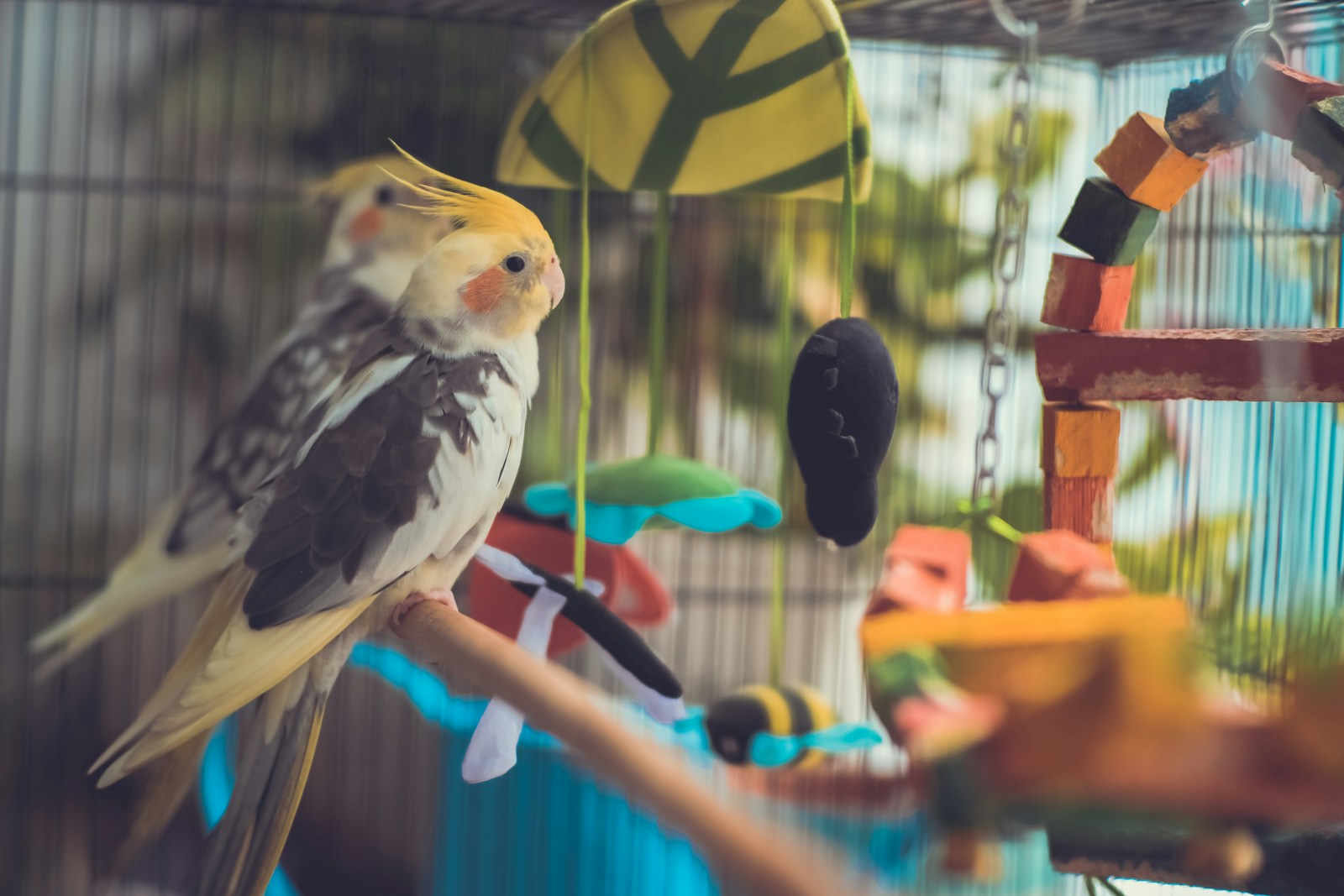
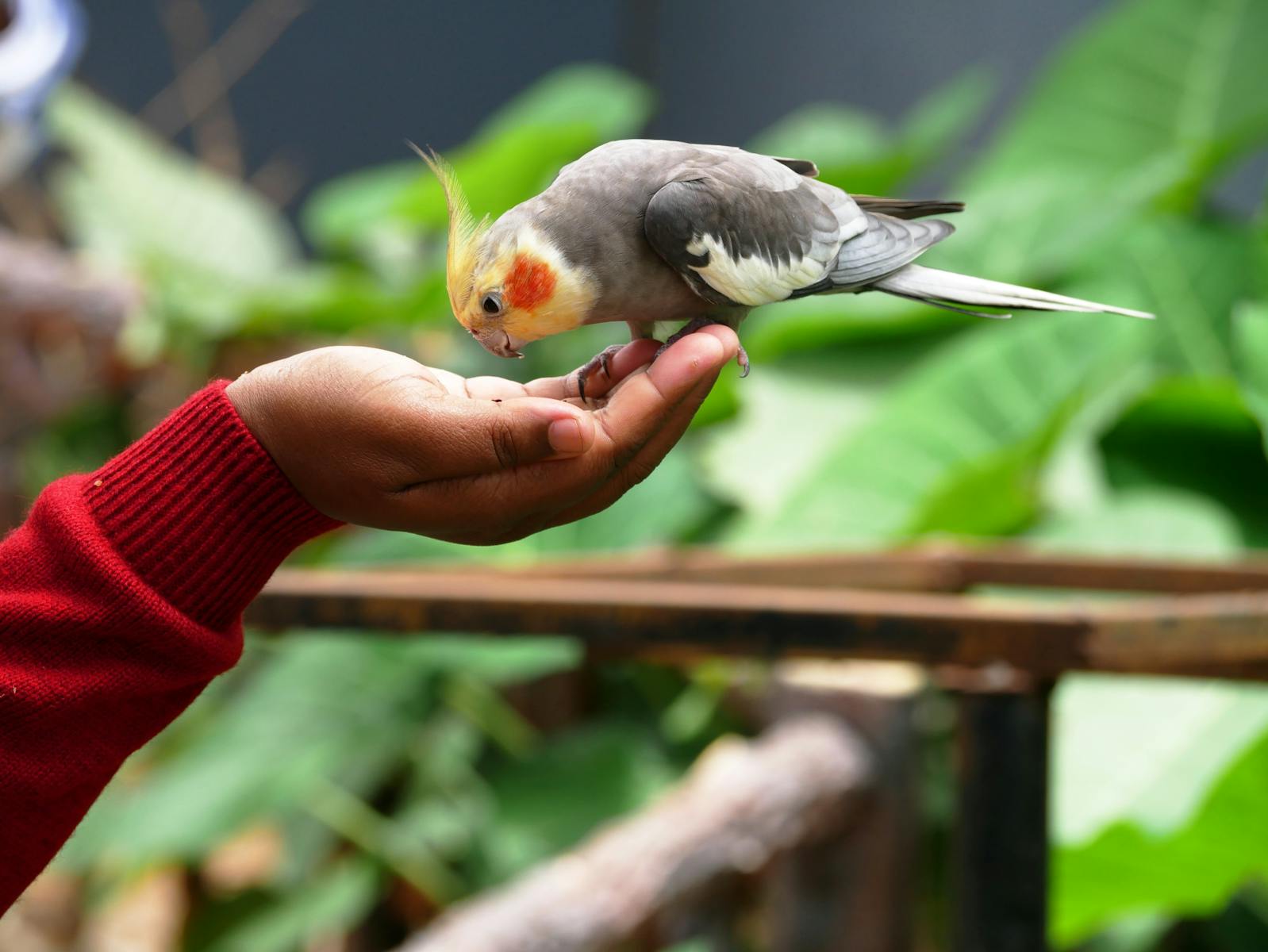
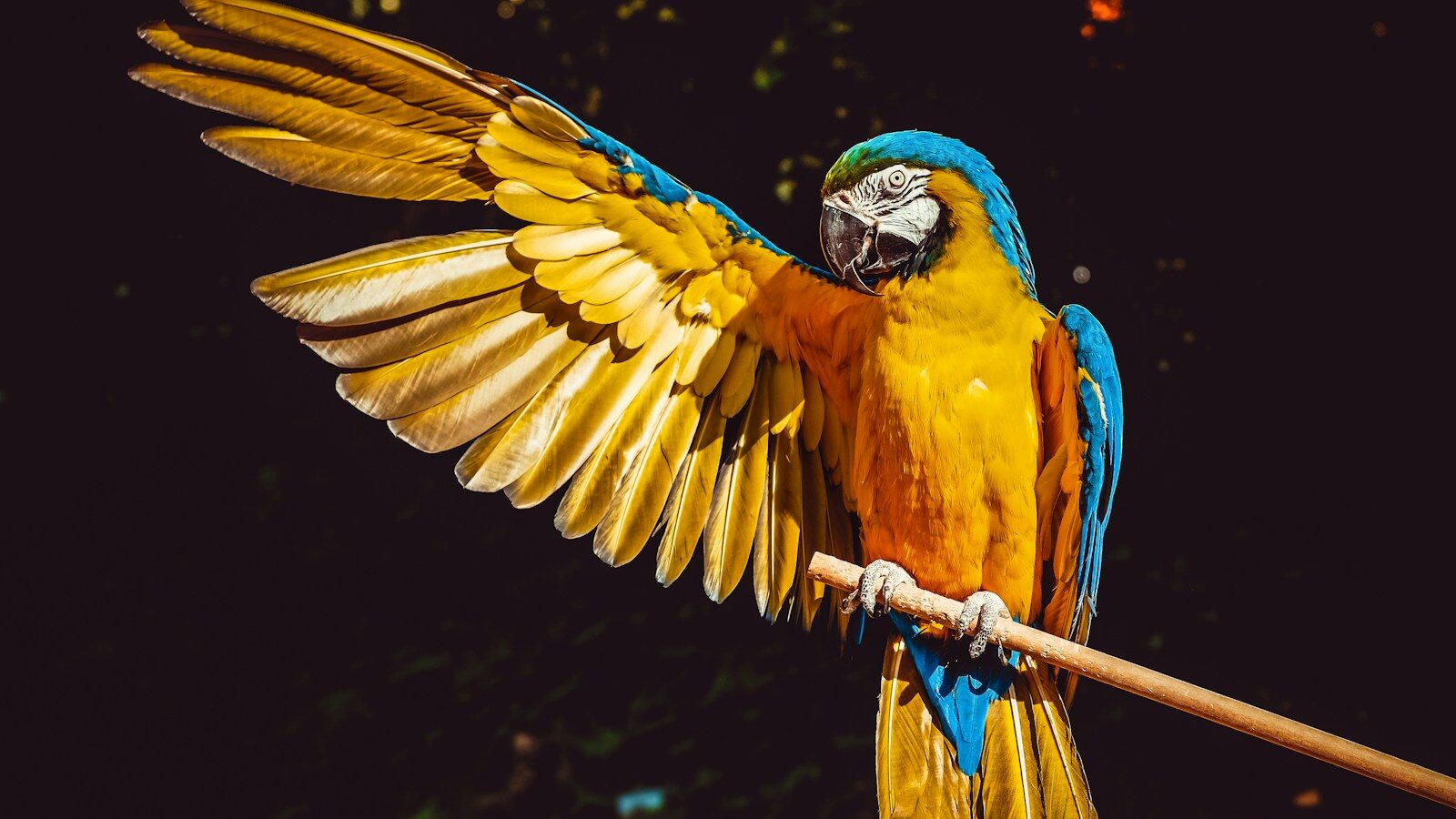




Leave a Reply